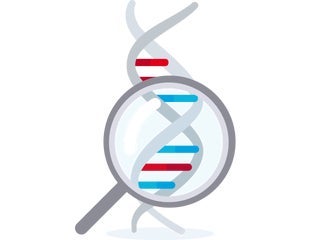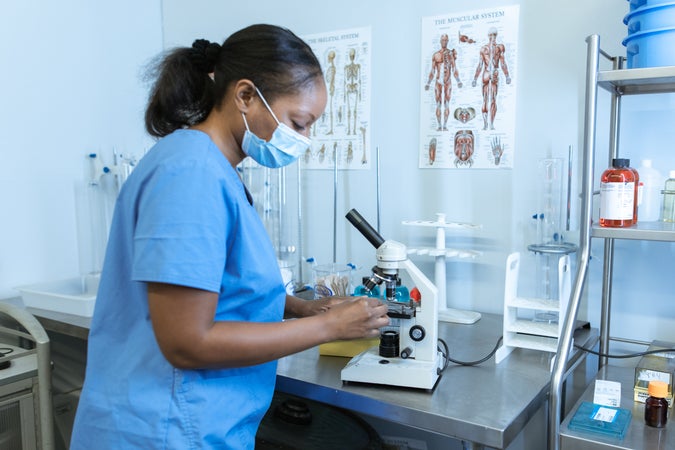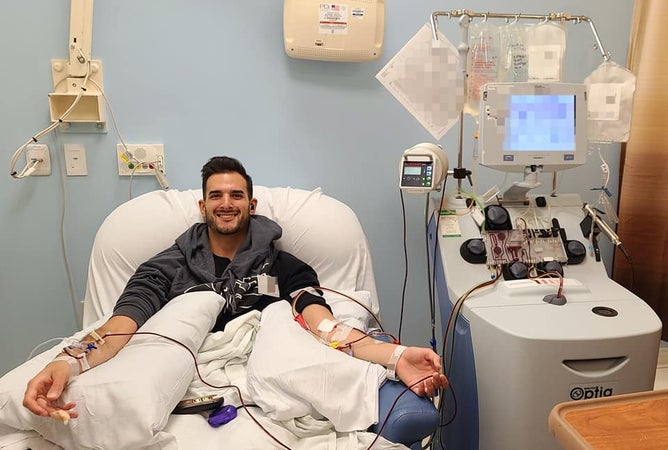
What Is HLA Typing and Why It Matters for Matching Donors
Understanding Human Leukocyte Antigens (HLAs)
Human Leukocyte Antigen (HLA) typing is a critical, DNA-based test used to match patients with compatible donors for blood stem cell or bone marrow transplants. These transplants are often the only hope for patients with blood cancers or life-threatening disorders.
HLA proteins also called markers, are found on most cells in the body. They help the immune system recognize what belongs in the body and what doesn’t. When a transplant occurs, the closer the HLA match between donor and patient, the better the outcome.
The Role of HLA in the Immune System
The immune system relies on HLA markers to determine whether a cell is “self” or foreign. A close HLA match reduces the risk of rejection and serious complications like graft-versus-host disease (GVHD)—a condition where the donor’s immune cells attack the recipient’s body.
A strong HLA match allows transplanted stem cells to grow, thrive, and create new, healthy blood and immune cells in the recipient. That’s why HLA typing is essential for giving patients their best chance at recovery.
How HLA Typing Works
HLA typing identifies a person’s unique set of HLA markers by analyzing their DNA. This can be done using a cheek swab or blood sample.
Once a person is HLA-typed, their profile is compared to patients in need. Doctors typically look for matches at 7 to 10 specific HLA markers. The closer the match, the higher the chances of transplant success.
HLA Facts: Inheritance and Matching
- You inherit half of your HLA markers from your mother and half from your father.
- Full siblings have a 25% chance of being a perfect HLA match.
- About 70% of patients won’t find a matching donor in their family.
- These patients rely on volunteer donors through global registries like DKMS.
Even with millions of donors worldwide, finding a match can be like finding a needle in a haystack — especially for patients with rare HLA types tied to ethnic background and ancestry. That’s why every new donor matters.
The Importance of a Perfect Match
The closer the HLA match, the better the chance that the transplant will succeed. A perfect HLA match:
- Lowers the risk of rejection
- Reduces complications like GVHD
- Improves long-term recovery
- Increases the odds of full remission
For patients with blood cancers or disorders, a matched donor may be the only cure. By joining the registry, you could be that match — and their only chance at survival.


